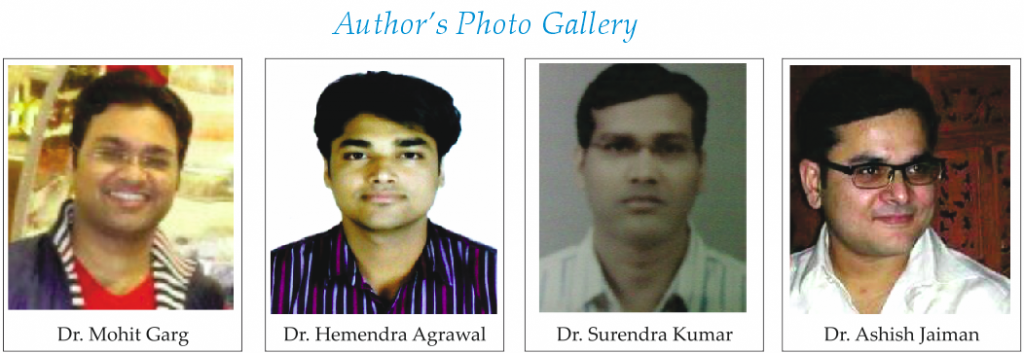[box type=”bio”] What to Learn from this Article?[/box]
Suspecting and Treating Femoral Stress Fractures.
Case Report | Volume 4 | Issue 3 | JOCR July-Sep 2014 | Page 25-28 | Garg M, Kumar S, Agrawal HK, Jaiman A. DOI: 10.13107/jocr.2250-0685.189
Authors: Garg M[1], Kumar S[1], Agrawal HK[1], Jaiman A[1]
[1] Central Institute of Orthopaedics, VMMC & Safdarjung Hospital,New Delhi, India.
Address of Correspondence:
Dr. Mohit Garg, Central institute of orthopaedics, VMMC & Safdarjung Hospital, New Delhi, India. Email: mohitgarg1212@gmail.com
Abstract
Introduction: Stress fractures occur in individuals in whom repetitive strenuous muscle and tendon force act on bone; that have not adapted to such forces. Under a constant load, osteoclast resorption and osteoblastic reconstruction of bone are in equilibrium, resulting in normal remodeling. If loading increases, additional bone resorption occurs. Increased osteoclastic activity at sites of stress may cause local weakening and predispose to micro damage. If allowed to progress, such micro fractures may progress to complete fractures.
Case Report: A 30-year-old man presented with right thigh pain for 3 days without any history of significant trauma. He was a military recruit with history of running 5 miles a day for last 12 years and was running 20 miles a day for last 5 days before he developed pain. Examination revealed pain to palpation along the proximal medial and lateral right thigh. Range of motion was painful and limited. Radiograph of right hip showed fracture line in intertrochanteric region of femur.
Conclusion: Here we have reported a case of stress fracture of proximal femur in intertrochanteric region which to our knowledge has not been reported in the literature so far. This fracture is important to recognize early as there are high chances of displacement resulting in increased risk of complications. We suggest immediate anatomical reduction and stable internal fixation to prevent complications and early mobilization to decrease the morbidity.
Keywords: Intertrochanteric, Osteonecorsis, Insufficiency fracture, Osteoblast, Osteoclast.
| How to Cite This Article: Garg M, Kumar S, Agrawal HK, Jaiman A. Proximal Femoral Stress Reaction in a Military Recruit – A Treatment Prospect. Journal of Orthopaedic Case Reports 2014 July-Sep;4(3): 25-28. Available from: https://www.jocr.co.in/wp/2014/07/11/2250-0685-189-abstract/ |
(Figure 1)|(Figure 2)|(Figure 3)
[Abstract] [Full Text HTML] [Full Text PDF] [XML]
[rate_this_page]
Dear Reader, We are very excited about New Features in JOCR. Please do let us know what you think by Clicking on the Sliding “Feedback Form” button on the <<< left of the page or sending a mail to us at editor.jocr@gmail.com





